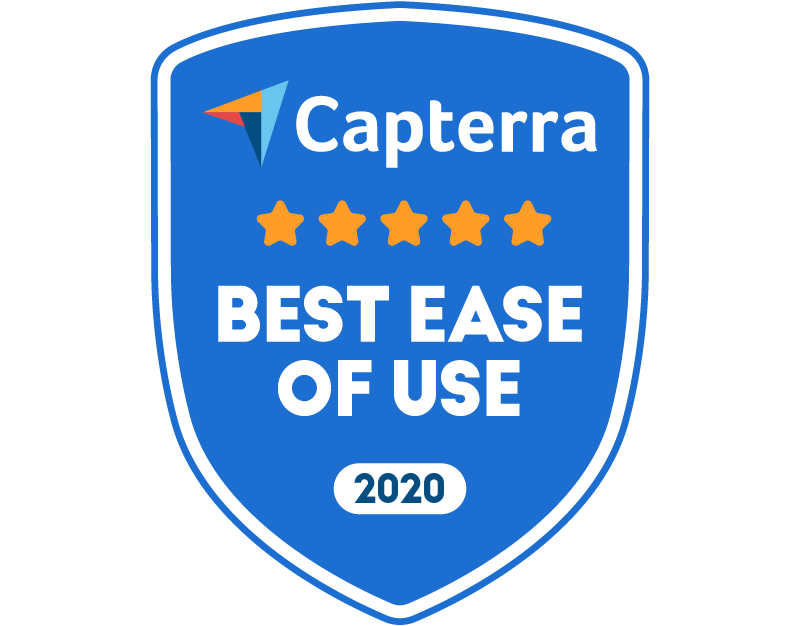
This is some text inside of a div block.
This is some text inside of a div block.

A business acquisition plan is an important component of planning for an M&A transaction, regardless of whether you require external financing. A solid business acquisition plan should lay out the rationale for the investment, and how it will add value for the entity. In this article, FirmRoom takes a closer look at how these documents should be crafted.
A business acquisition plan is a strategy document, which serves the purpose of a business plan for an M&A transaction.

It outlines the motives behind a transaction, profiles of the companies involved in the transaction, how the transaction will generate value for the entity which is driving it, how the two companies will be integrated, and how the merged company (or simply acquired company in the case of an investment firm acquiring a company) is expected to perform.
An acquisition plan provides its users with a roadmap to making the transaction a success. Even before the transaction is initiated, it acts as a reminder to the sponsors, what they’re looking for, why they’re looking for it, and how they’re going to ensure that the transaction is a success.
In general terms, the reasons to have a business acquisition plan are:
The overriding goal of a business acquisition plan, as the opening text alludes to, is strategic alignment: ensuring that those undertaking the deal, for lack of a better expression, ‘stick to the plan’, around the motives and means for making the deal a success.
The plan should include strategies and methodologies for valuing the target company. It should guide the deal participants on how to determine a fair value for the target, assess synergies, and estimate future financial returns. It also sets a limit on how much the company can extend itself financially for a deal to occur.
Financing (sources and uses of funds) is just one part of the resource allocation conundrum. The business acquisition plan also outlines the working capital needs, who works where, how expenditures are going to shift, what capital assets are required, and more.
The insight that FirmRoom has gained from working with hundreds of companies on thousands of transaction, have been collated in a business acquisition plan template.
This provides a detailed roadmap of what should be included in an effective business acquisition plan, ensuring that its users have everything in place for the conclusion of a successful transaction.
{{widget-download}}
While developing a business acquisition plan is recommended, having an ineffective acquisition plan is worse than having none at all.
The document has to be watertight, creating no doubt in the reader’s mind about the benefits of an acquisition.

A strong business acquisition plan should make the reader think that it makes far more sense to go ahead with the transaction than for the company to continue in the status quo.
That being said, the following should only be seen as a rough step-by-step guide to putting together a business acquisition plan:
Best practice:
Best practice:
Best practice:
Best practice:
Best practice:
Despite plenty of advice to the contrary, enthusiastic CXOs often write acquisition plans which fail to avoid the pitfalls.
These are among the most common:
The acquisition is part of the overall strategy, not the other way around. Companies that are approached by others about a deal, and then somehow convince themselves that there is a strong rationale for a deal, fall foul to this backwards logic.
M&A is an area ripe with management hubris (take a glance at Google Scholar at all the academic texts that link the two). That means management hubris inevitably finds its way into business acquisition plans. Avoid it at all costs - it’s a highly costly behavioural pattern for companies of all sizes.
The business acquisition plan is a strategy document, not a marketing one. That is to say, it should break down in a step-by-step fashion how the deal will generate value. The more detailed the better. “Creating an outstanding organization” is great, but writing it in the business acquisition plan won’t add any value.
A business acquisition plan is a hugely worthwhile document that all M&A practitioners should write in order to discern the value of a transaction and how that value can be extracted. It is the business plan for an M&A transaction.
Get your free template below to receive guidelines on how to create the document and make it work for your transaction.
